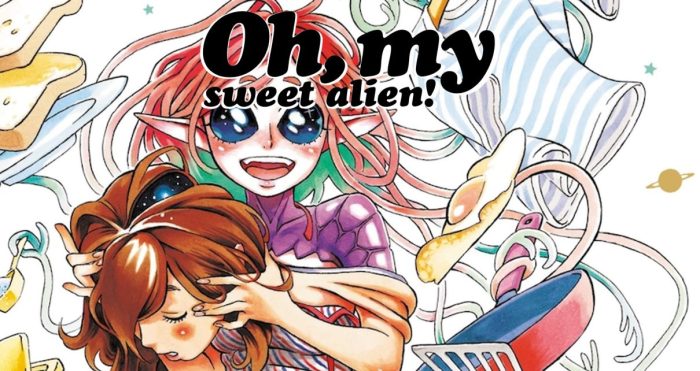O del mio dolce ardor translation, a phrase steeped in history and cultural significance, embarks us on a captivating journey into its origins, interpretations, and enduring legacy.
Emerging from the depths of Italian literature, o del mio dolce ardor translates literally to “oh, of my sweet ardor.” Its metaphorical meaning, however, extends far beyond these words, evoking a spectrum of emotions and symbolic undertones that have resonated across centuries.
Origin of the Phrase

The phrase “o del mio dolce ardor” originated in the Italian language, likely in the 14th or 15th century. It is believed to have been first used in the context of courtly love poetry, expressing the intense and passionate emotions of a lover towards their beloved.
The phrase has strong cultural significance in Italy, where it is often associated with the themes of love, longing, and desire. It is commonly used in literature, music, and other art forms to evoke a sense of romantic and emotional yearning.
Literary and Artistic Appearances
- The phrase is famously used in the opening line of the sonnet “O del mio dolce ardor” by the Italian poet Petrarch, written in the 14th century.
- It also appears in the opera “Don Giovanni” by Wolfgang Amadeus Mozart, where it is sung by the character of Don Ottavio to express his love for Donna Anna.
Meaning and Interpretation

Literal Translation
The literal translation of “o del mio dolce ardor” is “Oh, my sweet passion.”
Figurative Meanings
- The phrase is often used to express intense and passionate love, longing, and desire.
- It can also convey feelings of adoration, devotion, and overwhelming affection.
Emotional and Symbolic Significance
The phrase evokes a range of emotions, including joy, longing, and bittersweet yearning. It is often associated with the idea of unrequited love or the pursuit of an unattainable ideal.
Variations and Adaptations
Different Languages
- The phrase has been translated into various languages, including English, French, and Spanish.
- In English, it is commonly translated as “Oh, my sweet passion” or “Oh, my sweet ardor.”
Changing Meanings
The meaning and interpretation of the phrase may vary across cultures. In some contexts, it may be seen as a purely romantic expression, while in others it may have more spiritual or philosophical connotations.
Impact of Variations
The different variations and adaptations of the phrase have contributed to its widespread appeal and enduring significance.
Cultural Impact: O Del Mio Dolce Ardor Translation

Literature, Music, and Art
“O del mio dolce ardor” has been a source of inspiration for countless works of literature, music, and art.
- It has been used in poetry, novels, and plays to express themes of love, longing, and desire.
- It has also been set to music in operas, songs, and instrumental pieces.
Famous Works
- The phrase is featured in the title of the opera “O del mio dolce ardor” by Gaetano Donizetti.
- It is also found in the poem “Ode to a Nightingale” by John Keats, where it is used to express the poet’s intense emotional response to the bird’s song.
Cultural Resonance
“O del mio dolce ardor” continues to resonate with audiences today, evoking a sense of nostalgia and romantic longing.
Modern Usage
Popular Culture, O del mio dolce ardor translation
The phrase “o del mio dolce ardor” is still used in popular culture today, albeit less frequently than in the past.
- It may be found in romantic novels, films, and television shows.
- It is also sometimes used in a humorous or ironic context.
Evolution of Meaning
The meaning of the phrase has evolved over time, becoming more nuanced and multifaceted.
- In modern usage, it may convey a sense of longing, desire, or bittersweet nostalgia.
- It can also be used to express a sense of longing for a lost love or an unattainable ideal.
FAQ Explained
What is the literal translation of “o del mio dolce ardor”?
Oh, of my sweet ardor
What is the figurative meaning of “o del mio dolce ardor”?
It can represent intense passion, longing, or a profound emotional connection
In what contexts is “o del mio dolce ardor” commonly used today?
It is often used in romantic or poetic contexts to express strong emotions